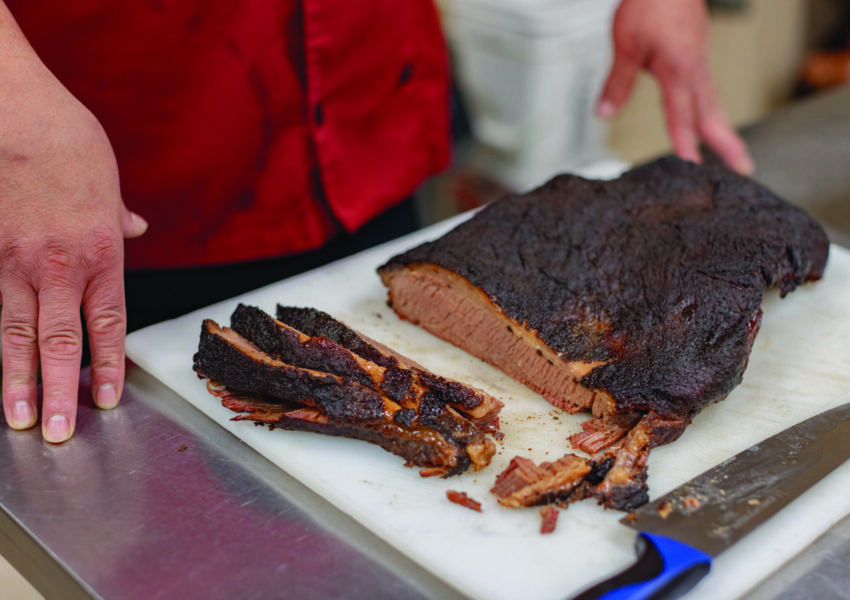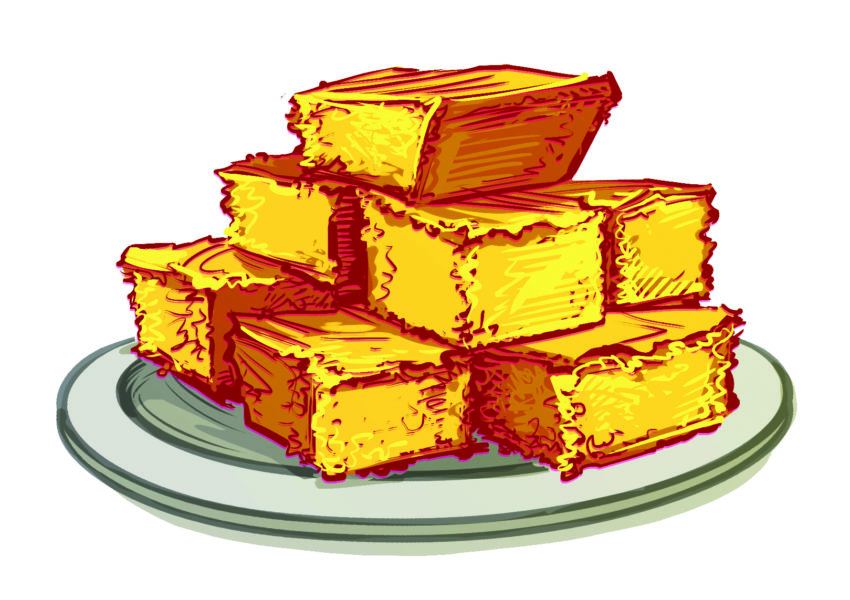Dragon Fruit Hylocereus undatus
by Aimee Nezhukumatathil
The neon pink of a dragon fruit screams summertime, pop music, sunglasses balanced on the top of my head, weather too warm for socks. It means vintage MTV and stretchy spheres of Bubble Yum popped and snapped in the back rows of a school bus. It’s electrocution. It’s the shade of lipstick I was never allowed to wear, full of pearl powder and unpronounceable chemicals, the shade worn by Boy George, Whitney Houston, and various members of Duran Duran on the album covers I cherished most.
You would think a fruit that screams this loud would have a veritable pop of flavor, too, but most people agree that the dragon fruit, for all its bluster and noise, tastes like the quietest of melons. Still, the dragon fruits my parents grow in their backyard and proudly bring in a sack when they visit—these fruits hand-watered and tended by my parents—are as sweet as peaches to me. These fruits are native to Central America, but the first time I tried one was at a dinner in Singapore. I was a visiting writer at a university there, and I had brought my mother along as my guest. I was so taken with the color that I went searching for more. During our downtime, I asked a taxi driver to take us to Lau Pa Sat, one of the 114 famous hawker centers full of local food in the heart of Singapore. There, I was assured by my hosts, dragon fruit was a flavor present in many of the food stalls— offered up in colorful shakes and ice creams and jams.



To get to this intensely colored fruit, we begin with one of the most ethereal displays of blossoming I have ever witnessed. The flowers bloom in full for just one evening. That means they have one precious night to be pollinated by a bat or bee, and turn the flower into a dragon fruit. Otherwise the six-inch, greenish-white bloom wilts by sunrise—a whisper of heat and bat wing rattling the crumpled, pale blossom.
Even its name seems like fantasy—including its alternatives: the Cinderella plant, night-blooming Cereus, or simply strawberry pear—but there is nothing fake about the alluring dragon fruit. The bold pink is due to a rind chock-full of lycopene, giving it that scene stealing shock of color. Each fruit grows to about three to four inches long and is dotted with tender and supple green leaves, like scales on the eponymous dragon. The ghostly white insides carry tiny, black seeds, making it similar in appearance to a kiwi. In fact, its texture and taste are often compared to a muted kiwi—not as sharp, but still sweet—especially when chilled.
The dragon can be both the wildness we call out when we see this pink egg, and it can also be the balm.
There’s a lovely cocktail, perfect for the summer, that I like to make on the rare occasion we find dragon fruit in our local supermarket: slice and remove the skin of one dragon fruit and blend the flesh with one-third cup of vodka, a dash of freshly squeezed lime juice, and a quarter cup of coconut milk. Toss in a few ice cubes to make the glass sweat. Garnish with an edge of extra dragon fruit for a tropical touch.
On those weeks in Mississippi when the air outside is like a napping dragon’s exhalations, there’s no sweeter cocktail to lull us out of a sleepy, slow summer evening. If you do catch a sunburn, you can mash up a bit of the dragon fruit flesh and apply it to the tender pink of your skin to help soothe it like an aloe. The dragon can be both the wildness we call out when we see this pink egg, and it can also be the balm. This is the fruit for a time of year when the sun and all its gallop don’t merely feel as though they have nudged us from a static winter, but into a fully alive, roaring season—when everything you touch feels like it could give you a blister and a bit of wild burn.
Aimee Nezhukumatathil, the author of four books of poetry, teaches creative writing in the MFA program at the University of Mississippi. She is a 2020 Guggenheim Fellow in poetry. This essay appears in her newest book, World of Wonders: In Praise of Fireflies, Whale Sharks, and Other Astonishments (Milkweed Editions, August 11, 2020).
Photo by Nicole Crowder
SIGN UP FOR THE DIGEST TO RECEIVE GRAVY IN YOUR INBOX.




